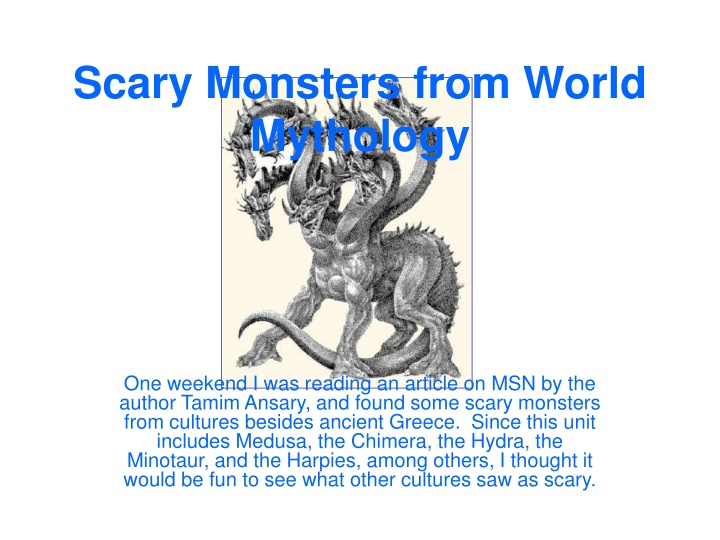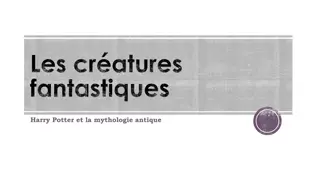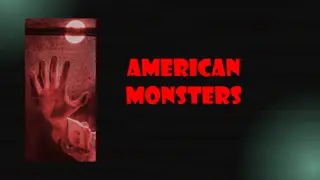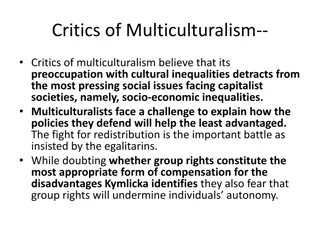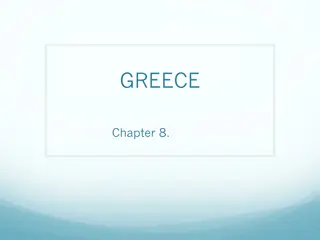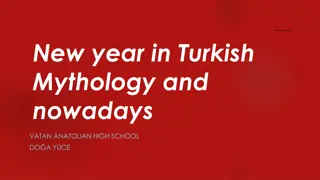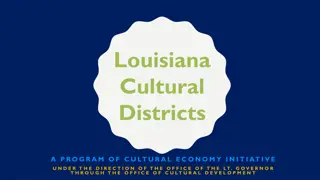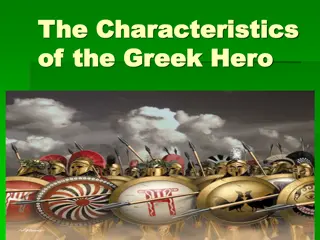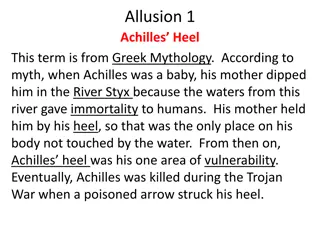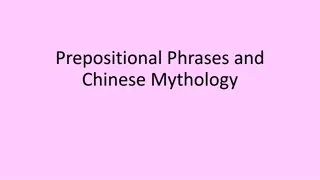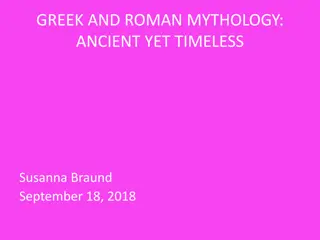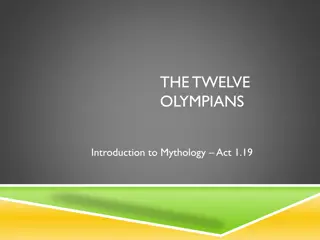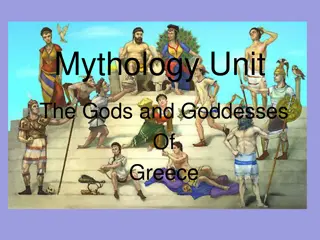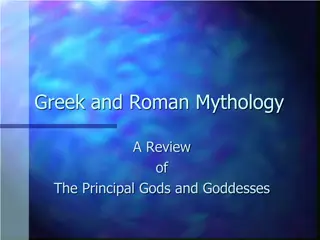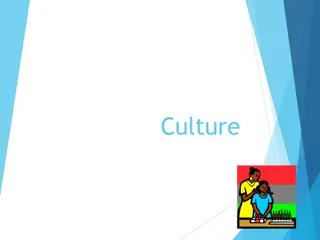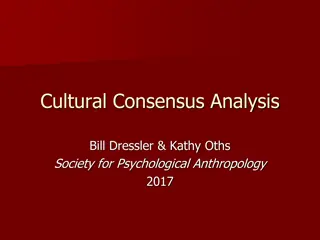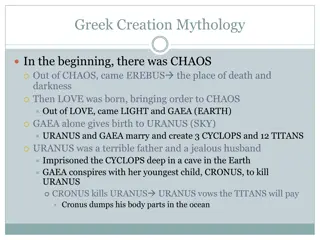Scary Monsters from World Mythology: A Cultural Exploration
Explore scary monsters from various cultures such as Hai-uru from African mythology, Raktabija from Indian mythology, Chindis from Navajo beliefs, Golem from Jewish folklore, Giang Shi from Chinese mythology, Chupacabra from Latin American legends, and Djinn from Islamic tradition. Each creature has unique characteristics and backstories that showcase the diverse perspectives on fear and evil across different civilizations.
Download Presentation

Please find below an Image/Link to download the presentation.
The content on the website is provided AS IS for your information and personal use only. It may not be sold, licensed, or shared on other websites without obtaining consent from the author.If you encounter any issues during the download, it is possible that the publisher has removed the file from their server.
You are allowed to download the files provided on this website for personal or commercial use, subject to the condition that they are used lawfully. All files are the property of their respective owners.
The content on the website is provided AS IS for your information and personal use only. It may not be sold, licensed, or shared on other websites without obtaining consent from the author.
E N D
Presentation Transcript
Scary Monsters from World Mythology One weekend I was reading an article on MSN by the author Tamim Ansary, and found some scary monsters from cultures besides ancient Greece. Since this unit includes Medusa, the Chimera, the Hydra, the Minotaur, and the Harpies, among others, I thought it would be fun to see what other cultures saw as scary.
Hai-uru AKA Tikdoshe and Androa African Hunts human prey, Will kill if he can, but if beaten by an opponent gives magic powers Has only half a body- One eye, one leg, one arm etc.
Raktabija Indian -Couldn t be killed because every drop of his blood that touched the ground became a new demon -Killed by Kali, goddess of death, who stuck out her tongue until it covered the world and then chopped off his head. Thus, any blood spilled was swallowed.
Chindis Navajo -According to Navajo belief, after a person dies, the evil in him or her lives on -Evil spirits, which exist after the death of a person who has done evil, are called Chindis -Are frightening because if you do evil, a Chindi can attach itself to you, and the only way to detach it is through the aid of the wronged person
Golem Jewish -Powerful pile of mindless matter created by a rabbi to function as a tireless servant -Clay shaped basically like a human and brought to life by an incantation. **What happens when a creature like this is created? - Can you say, Frankenstein? How about I, Robot ?
Giang Shi Chinese -Basically a vampire, pre- Vlad the Impaler
Chupacabra Latin American - Vampire post Vlad - Kills goats and cattle by sucking the blood out of them -No physical description
**Does knowing what a monster looks like make it more or less frightening?
Djinn Islamic -Mentioned in the Qur an -Made of smokeless fire, so they are invisible, but exist everywhere, especially in old scary places like cemeteries -When the back of your neck prickles for no reason, djinn are near.
Banshees Celtic -Means Women of the hills -Women who died in childbirth and now are doomed to spend the remaining years of their allotted time washing out the grave garments of those who are about to die -When the wail of the banshee is heard, someone in your family is about to die.
Ghouls Ghouls Islamic -Means the grabber -Corpses which come back to life after burial and feast on their fellow dead
Windigo Native American (specifically Cree and Ojibwa) -Lives in the subarctic forested regions of North America -20 to 30 feet tall, lipless mouth, and jagged teeth -footprints in the snow are full of blood -Hissing breath can be heard for miles -Eats people, or, if it catches you alone in the forest, it can possess you and turn you into a windigo
**Are people more afraid of a monster killing them or of a monster turning them into another monster?
Monsters then and now **Are there similarities between these culture s monsters and the notorious monsters of our culture today? If so, what are possible explanations for these similarities?
This powerpoint was kindly donated to www.worldofteaching.com http://www.worldofteaching.com is home to over a thousand powerpoints submitted by teachers. This is a completely free site and requires no registration. Please visit and I hope it will help in your teaching.
